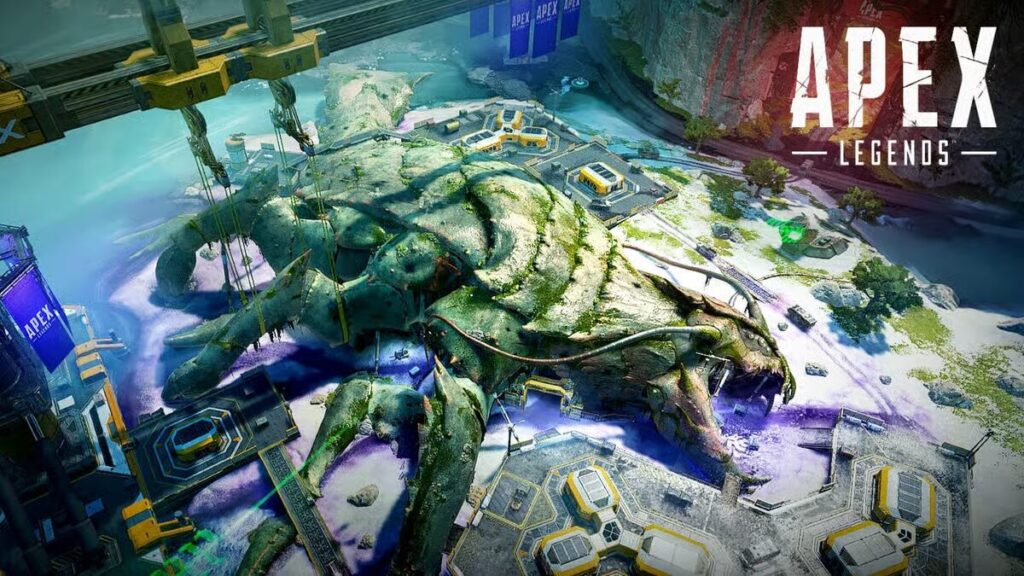Apex Legends Seasons Dates : When people talk about Apex Legends, they often focus on Legends, weapons, or balance changes. But what really defines the game’s life cycle is its seasonal timeline — a structure that reveals how Respawn Entertainment keeps a live-service shooter both fresh and relevant.
From the surprise launch in February 2019 to the upcoming Season 26: Rivalry, the Apex Legends seasons dates tell a story of adaptation. Each start and end mark more than content drops; they signal how Respawn responds to trends, adjusts its pacing, and learns from its community. Over six years, that rhythm has become one of the most reliable frameworks in modern multiplayer gaming.
How Seasons Became Apex Legends’ Lifeblood – Apex Legends Seasons Dates

Apex’s seasonal model wasn’t a given — it was earned through iteration. The first few months after launch felt experimental: no Battle Pass, no Ranked mode, just raw gameplay. But once Season 1: Wild Frontier introduced Octane and the first Battle Pass, the blueprint was set.
Every 90 days or so, a new season resets the experience — ranked ladders refresh, maps rotate, and new content arrives. Yet, Respawn has used this cadence not just for updates, but as a narrative and design pulse, reflecting what the studio learns about its audience.
For instance:
- Season 3: Meltdown tested how players adapt to new environments with the launch of World’s Edge.
- Season 16: Revelry skipped a new Legend entirely to focus on balance and class systems — a rare, confident move.
- Season 24: Takeover rewrote core combat rules, removing helmets altogether to reset the pacing of engagements.
These aren’t just design tweaks — they’re statements about where the game is heading.
The Complete Apex Legends Seasons Timeline – Apex Legends Seasons Dates

Below is a breakdown of every major season, its duration, and what it represented for the game’s evolution — from experimental beginnings to system reworks and new content formats.
| Season | Duration | New Legend / Feature | Major Highlights |
|---|---|---|---|
| Preseason | Feb 4 – Mar 19, 2019 | None | Game’s stealth launch, no Battle Pass |
| Wild Frontier (S1) | Mar 19 – Jun 18, 2019 | Octane | First structured season, Battle Pass debut |
| Battle Charge (S2) | Jul 2 – Oct 1, 2019 | Wattson | Ranked Mode launch, stronger identity |
| Meltdown (S3) | Oct 1, 2019 – Feb 4, 2020 | Crypto | World’s Edge introduced, first major map shift |
| Revelry (S16) | Feb 14 – May 9, 2023 | None | Legend Class rework, Mixtape playlist |
| Upheaval (S21) | May 7 – Aug 6, 2024 | Alter | Solos mode returns, Exotic Shards introduced |
| Prodigy (S25) | May 6 – Aug 4, 2025 | Sparrow | Arenas return, Pathfinder and weapon reworks |
Every date in this chart reflects a cycle of experimentation. Apex doesn’t just add content — it refines its formula season after season, striking a balance between innovation and stability.
How Apex Evolved Through Its Seasons – Apex Legends Seasons Dates

It’s easy to overlook how deeply Apex Legends has changed since launch. Beneath the flashy trailers and patch notes lies a consistent philosophy: incremental reinvention. Each era of seasons represents a shift in what Respawn prioritized.
The Foundation Years (2019–2020): The early days built Apex’s identity — establishing Legends, Ranked play, and the concept of seasonal cadence. Meltdown and Assimilation gave the game its long-term structure.
The Expansion Phase (2021–2022): This period emphasized scale. New maps like Storm Point and Broken Moon expanded gameplay diversity, while LTMs like Arenas pushed Apex beyond its battle royale roots.
The Refinement Era (2023–2025): Rather than adding endlessly, Respawn began reworking. Revelry redefined class systems, Breakout revamped EVO progression, and Takeover simplified combat pacing. These shifts suggest Respawn is preparing Apex for longevity, not just novelty.
This evolution mirrors a larger industry trend: games shifting from constant expansion to thoughtful optimization — refining what works instead of overwhelming players with quantity.
Duration Patterns and What They Reveal

Most Apex Legends seasons last between 88 and 92 days, maintaining a predictable rhythm that players have come to rely on. But when Respawn breaks that rhythm, it’s usually deliberate.
Consider these exceptions:
- Season 3 extended to over 120 days, giving the new World’s Edge map time to settle.
- Season 7 shortened slightly to align with the holiday schedule and the Steam release.
- Pandemic-era seasons stretched longer, giving developers flexibility amid global slowdowns.
That flexibility is one of Respawn’s greatest strengths. By adapting the schedule without sacrificing quality, Apex has avoided the burnout or inconsistency that plagues many other live-service titles. It’s a testament to the studio’s understanding of pacing — not just for content, but for community trust.
Conclusion: The Future Hidden in the Timeline
Looking back, the Apex Legends seasons dates chart isn’t just a list — it’s a roadmap of how Respawn thinks. Each release shows an evolving relationship between player feedback, technical ambition, and long-term vision.
Apex began as a bold experiment in the shadow of Titanfall, but its disciplined seasonal structure turned it into one of gaming’s most consistent live experiences. The lesson in its timeline is simple: stability and change don’t have to compete. When balanced carefully, they sustain a community for years.
As Season 26: Rivalry approaches, the real intrigue lies not in what’s added, but in what Respawn chooses to refine next. Apex Legends’ future isn’t about speed — it’s about sustainability. And that’s exactly what these six years of seasons have proven.





